ecosystem-guides.com
....exploring the planet's ecosystems
NORTHERN ATLANTIC
Temperate Seashore
The northern Atlantic stretches from the coast of Scotland (below)...
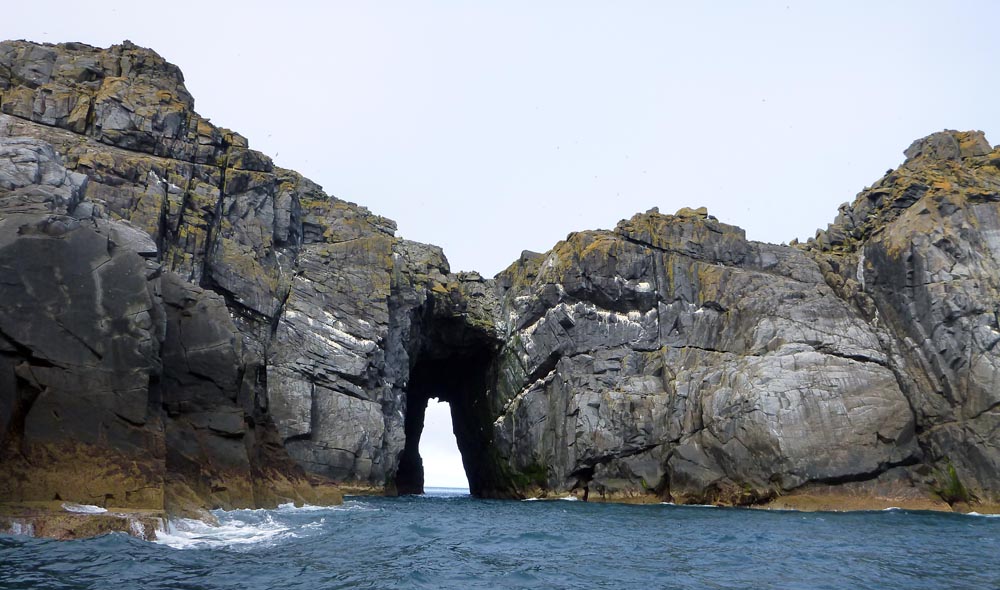 (St.Kilda, Scotland)
(St.Kilda, Scotland)...to the shores of east Canada (below).
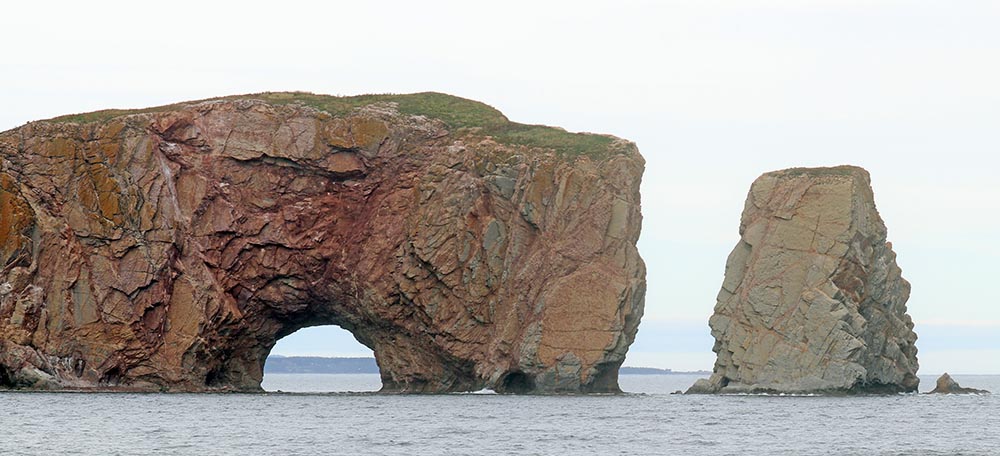 Percé Rock (Canada)
Percé Rock (Canada)These coasts have the highest tides in the world.
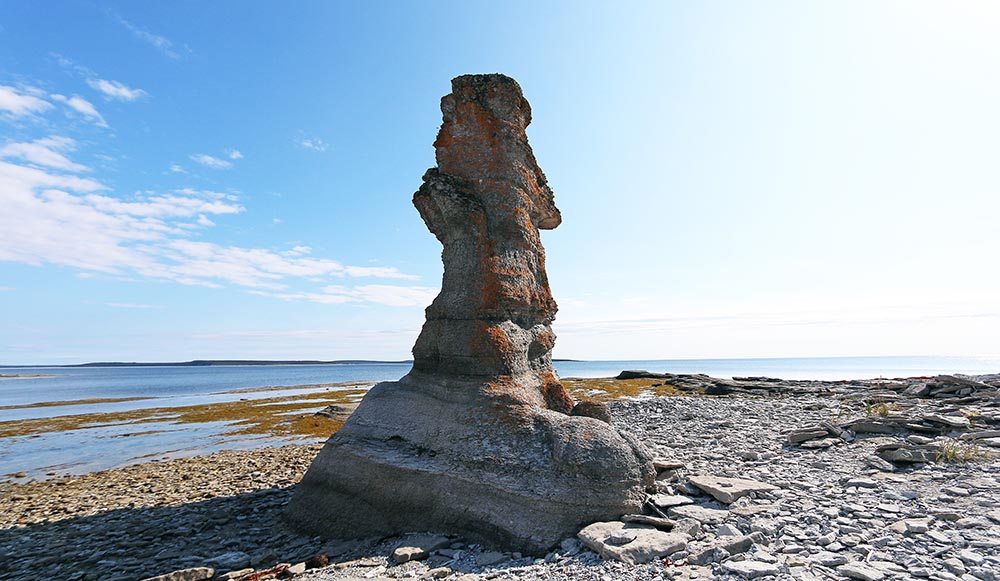
And some of the oldest rocks...
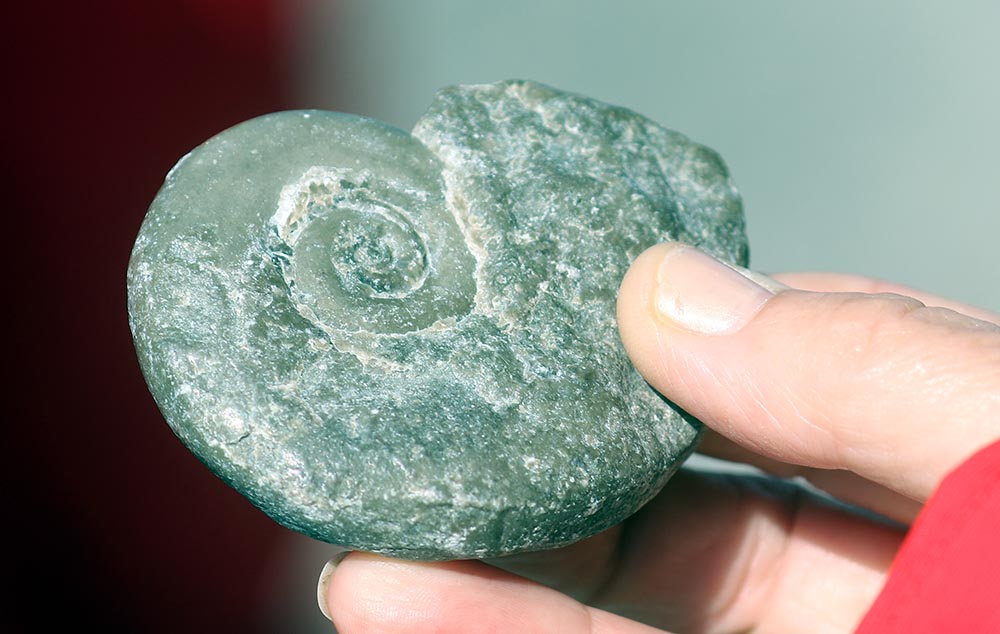 Fossil from Canadian coast
Fossil from Canadian coastThe wildlife includes the Alcid family, which contains the Puffins and relatives.
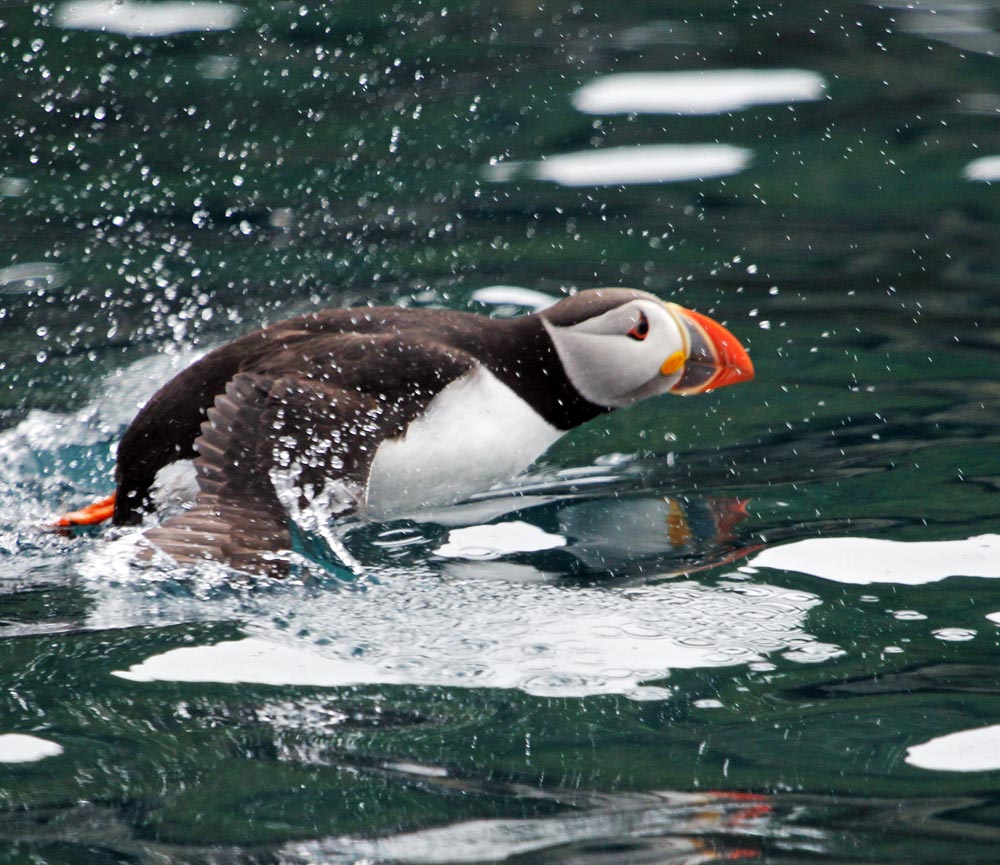 Fratercula arctica, 'Atlantic/Common Puffin', (St.Kilda, Scotland)
Fratercula arctica, 'Atlantic/Common Puffin', (St.Kilda, Scotland)The most spectacular bird breeding colonies belong to Morus bassanus, 'Northern Gannet'. Of the three Gannet species that live in temperate seas around the world (Australasian Gannet, Cape Gannet and Northern Gannet), these are the largest.
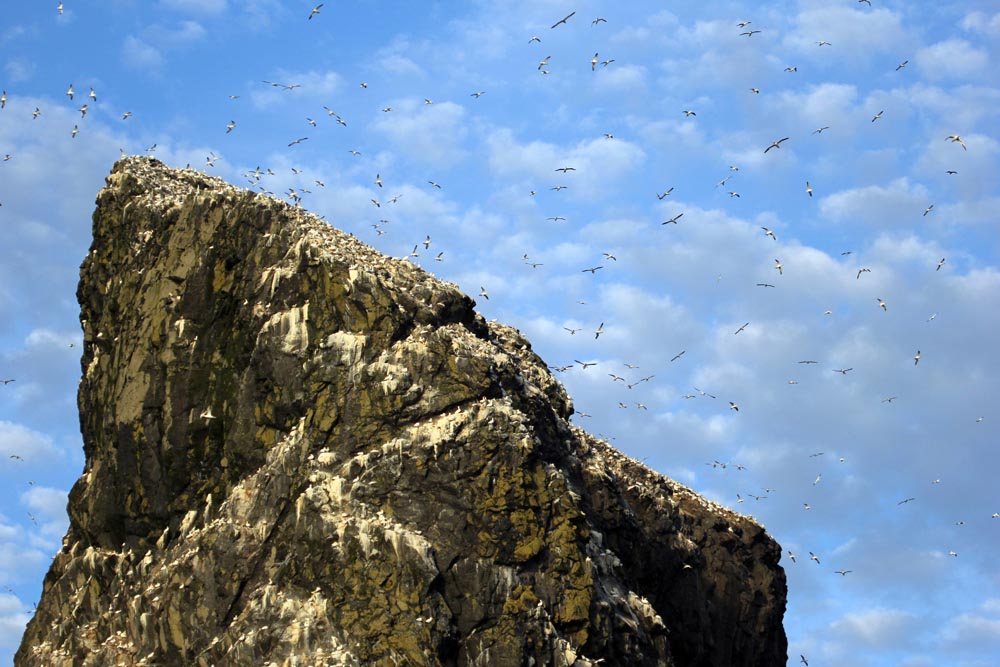 Northern Gannet breeding colony, (St.Kilda, Scotland)
Northern Gannet breeding colony, (St.Kilda, Scotland)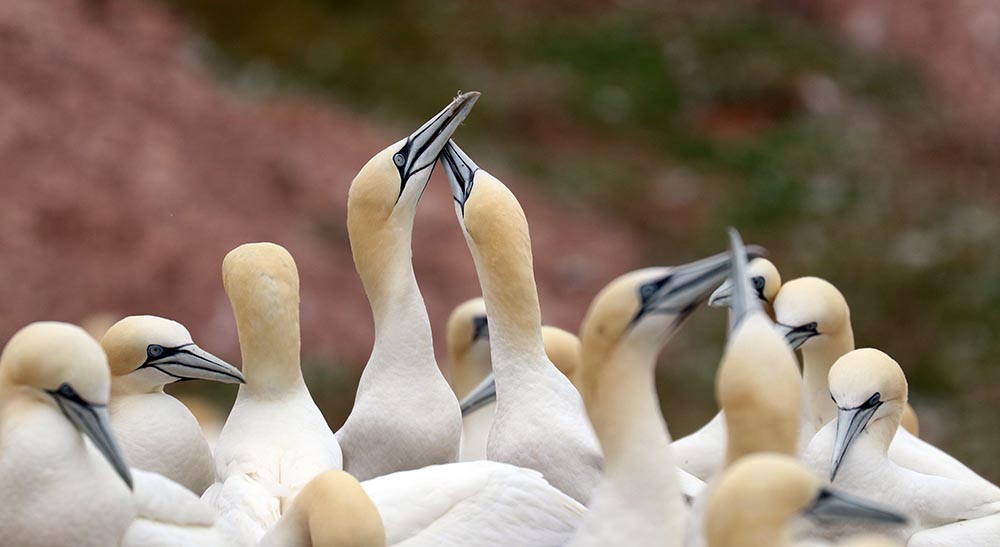
Places to enjoy the northern Atlantic temperate seashore
National parks and areas you can explore and experience the seashores of the northern temperate oceans include Bonaventure Island in Canada and St.Kilda in Scotland.



